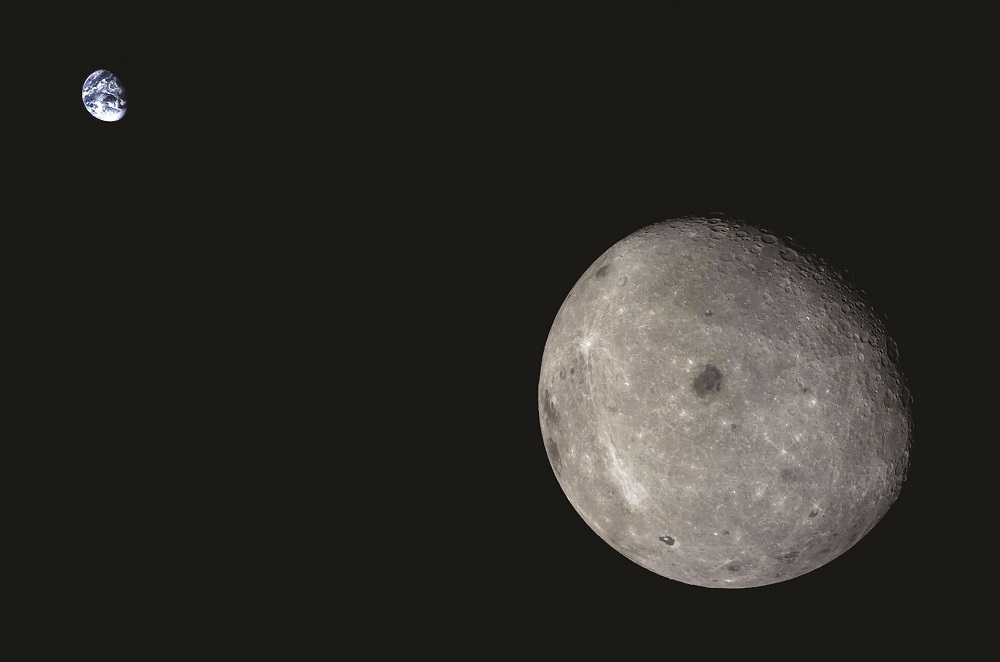HELSINKI — China’s Chang’e-6 lunar far side sample return spacecraft entered orbit around the moon late Tuesday, in another step towards collecting lunar samples.
The Chang’e-6 orbiter completed a braking burn at 10:21 p.m. Eastern, May 7 (0221 UTC May 8), slowing the craft down to allow it to be captured by the moon’s gravity, the China National Space Administration (CNSA) announced.
The mission launched May 3 and embarked on a roughly 112-hour journey to the moon. It is the first-ever attempt to collect samples from the far side of the moon, promising big scientific payoffs.
The orbiter used its 3,000N engine for the braking burn. The Chang’e-6 spacecraft is understood to be in an elliptical lunar orbit with a periapsis of around 200 kilometers. Chang’e-6 will next release a 7-kilogram cubesat named Icube-Q into lunar orbit. The main spacecraft will then gradually circularize its orbit in preparation for landing.
The mission lander will separate from the spacecraft in the days ahead of the landing attempt in Apollo crater. The landing is expected, though not officially confirmed, to be around early June, as current lighting conditions over Apollo crater are not optimal for landing and surface operations.
The target landing area is within the vast, ancient South Pole-Aitken Basin (SPA) and is thought to contain material excavated from the moon’s mantle. Analysis of such samples could bring new insights into and understandings of the moon, in particular its history and the contrast between its near and far hemispheres.
What’s next for Chang’e-6?
The Chang’e-6 mission is expected to last 53 days from launch till landing, according to information published by the Deep Space Exploration Laboratory (DSEL) under CNSA.
Sunrise over Apollo crater will occur May 28. This means Chang’e-6 will likely attempt…
Read the full article here

